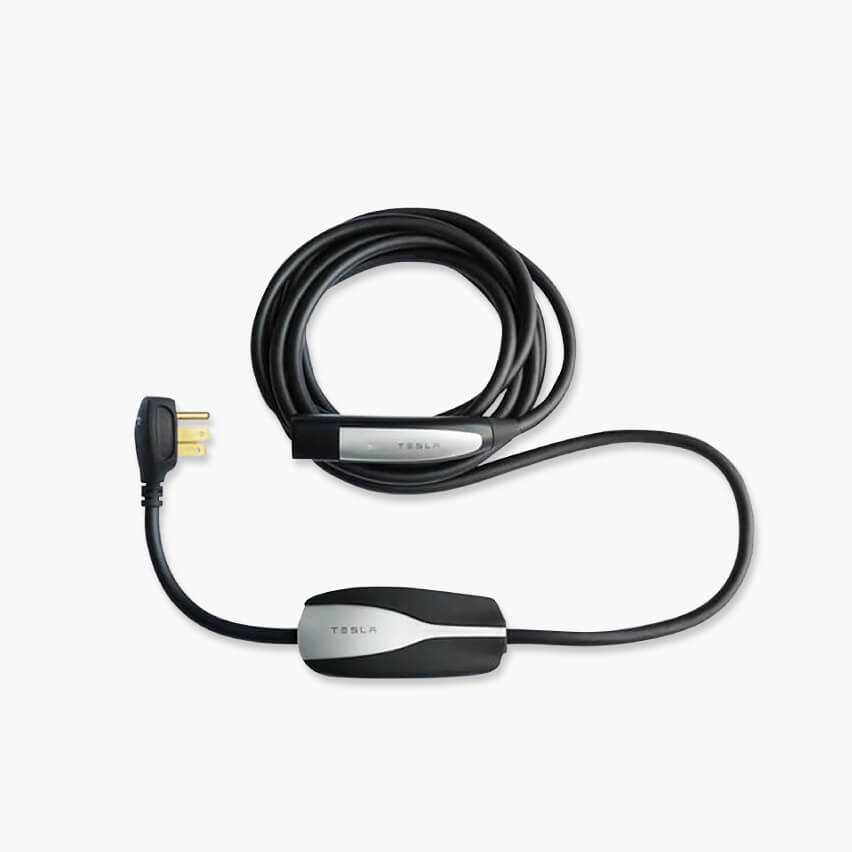While I appreciate your heart on this, they actually are different and are measuring different things. The percent is simply a fullness measurement. It is a ratio of the amount currently in it over how much it currently could hold. The rated miles one is going by the actual amount of energy and then scaling it by a fixed number.
So the way this would show up as some noticeable differences could be this. Let's say when a car is new, it could show 300 rated miles and 100% fullness. After 15 or 20 years, when the battery has degraded and lost some capacity and has less energy that it can hold, the rated miles number would show that, where it would only display 220 or 250 rated miles, because it's going by that smaller amount of energy still scaled by the same fixed constant. But you would never know that with %, as it would still continue to show that it was "full" at 100%.
Also, % means what on a SR Model 3 versus a Model X 75 versus a Model X 100 versus a Plaid Model S versus a standard Cybertruck versus a Tri-motor Cybertruck? At least the rated miles numbers are adjusted by each vehicle's various efficiency levels to the consistent EPA testing methods. So yeah, the "rated mile" is always going to be optimistic versus people's real miles, but at least by similar amounts across all kinds of vehicles.
lol




